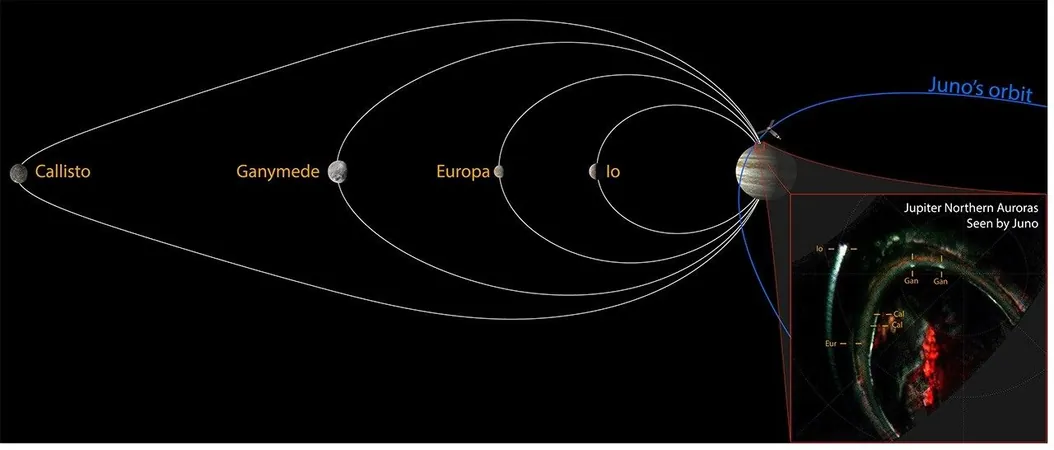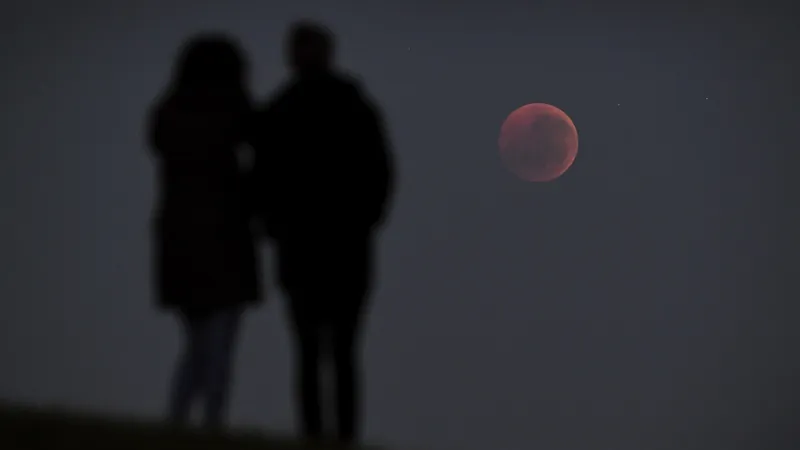
Revolutionary Discovery: A Black Hole from the Dawn of Time?
2025-09-02
Author: Sophie
Astronomers might have just rewritten the history of the universe! An incredible discovery by the James Webb Space Telescope reveals an ancient, "nearly naked" black hole that could have formed just moments after the Big Bang.
If this black hole is confirmed to be a primordial black hole, a concept once thought to be merely theoretical by physicist Stephen Hawking, it could completely disrupt our understanding of cosmic evolution. Traditionally, scientists believed black holes only emerged after stars collapsed under their own gravity, but this black hole challenges that long-held notion.
Professor Roberto Maiolino from the University of Cambridge, who is part of the team studying this extraordinary find, explained, "This black hole is nearly naked. It seems that this black hole has formed without being preceded by a galaxy around it." The implications of this are monumental.
Primordial black holes are theorized to have formed in the seconds following the Big Bang, when denser regions of the early universe began to collapse in on themselves. These black holes, if they truly existed, would have played a crucial role in forming the universe's first galaxies.
The spotlight is on a particular black hole known as QSO1, identified as a "little red dot" that dates back over 13 billion years—when the universe was merely 700 million years old. Its striking brightness and compactness have led astronomers to classify it as an ancient supermassive black hole.
Typically, black holes start small and grow larger by consuming stars. However, the early mass of QSO1 surprised scientists—it boasts a staggering 50 million solar masses! Surprisingly, the material surrounding it weighs in at less than half of that.
Maiolino noted, "This starkly contrasts with the black holes we see today, which are often about a thousand times less massive than their host galaxies. This challenges everything we thought we knew!"
Moreover, the material surrounding QSO1 was found to be almost entirely composed of hydrogen and helium, lacking heavier elements formed in stars, indicating that little to no star formation is taking place nearby.
Maiolino excitedly declared, "These results signal a paradigm shift. We’re witnessing a massive black hole forming without the typical galactic structures we expected!"
There is another possibility: a vast cloud of gas could have directly collapsed into a black hole without forming stars. However, this direct collapse scenario requires specific conditions that do not appear to be present.
According to Professor Andrew Pontzen from the University of Durham, who was not involved in the research, confirming the primordial origin of such black holes would revolutionize our understanding of physics. He added that while the current observations bolster this idea, the debate will continue until future advances are made in gravitational wave detection technologies, expected within the next decade.









 Brasil (PT)
Brasil (PT)
 Canada (EN)
Canada (EN)
 Chile (ES)
Chile (ES)
 Česko (CS)
Česko (CS)
 대한민국 (KO)
대한민국 (KO)
 España (ES)
España (ES)
 France (FR)
France (FR)
 Hong Kong (EN)
Hong Kong (EN)
 Italia (IT)
Italia (IT)
 日本 (JA)
日本 (JA)
 Magyarország (HU)
Magyarország (HU)
 Norge (NO)
Norge (NO)
 Polska (PL)
Polska (PL)
 Schweiz (DE)
Schweiz (DE)
 Singapore (EN)
Singapore (EN)
 Sverige (SV)
Sverige (SV)
 Suomi (FI)
Suomi (FI)
 Türkiye (TR)
Türkiye (TR)
 الإمارات العربية المتحدة (AR)
الإمارات العربية المتحدة (AR)